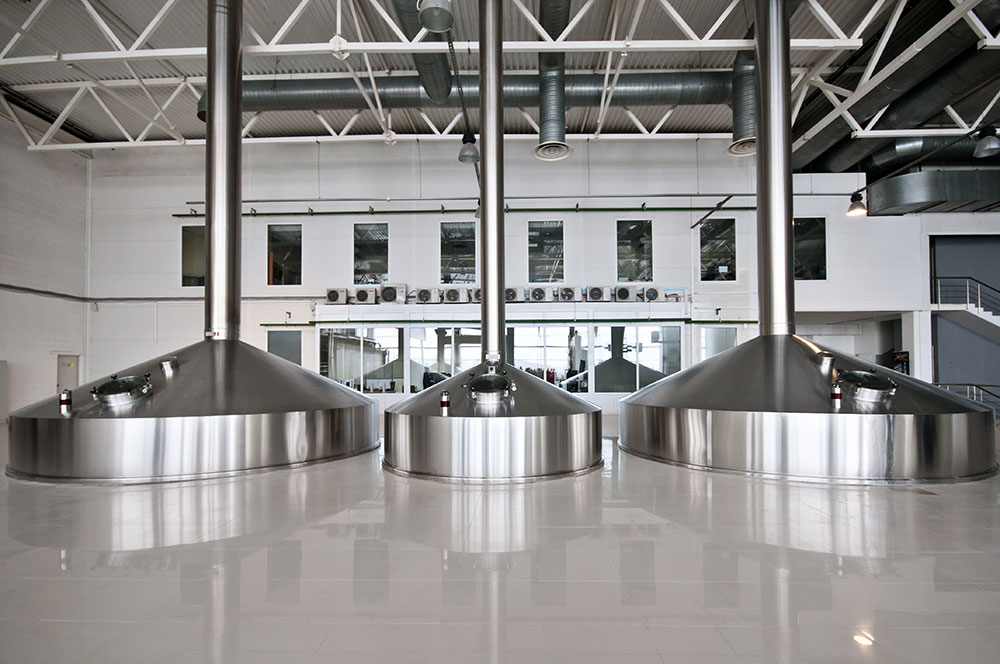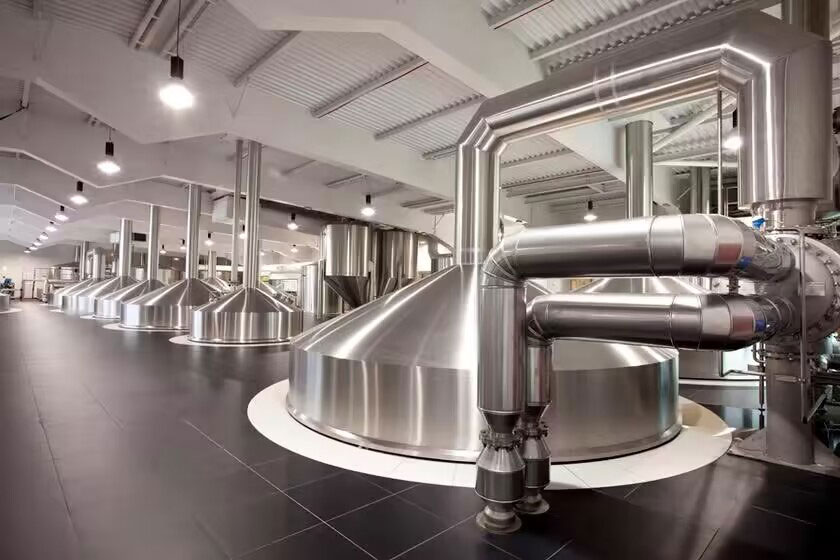There are several ways for breweries to obtain inoculated yeast. They can either purchase yeast directly, buy pure yeast, or cultivate and expand pure yeast on their own.
Among the breweries that Tiantai has worked with, most large breweries tend to preserve and expand pure yeast themselves. In contrast, small craft breweries often buy yeast directly from suppliers. Some smaller companies may purchase pure yeast from a “yeast bank” and then expand it to ensure consistent beer quality. These varied approaches highlight the diversity and flexibility of breweries in their yeast acquisition strategies.
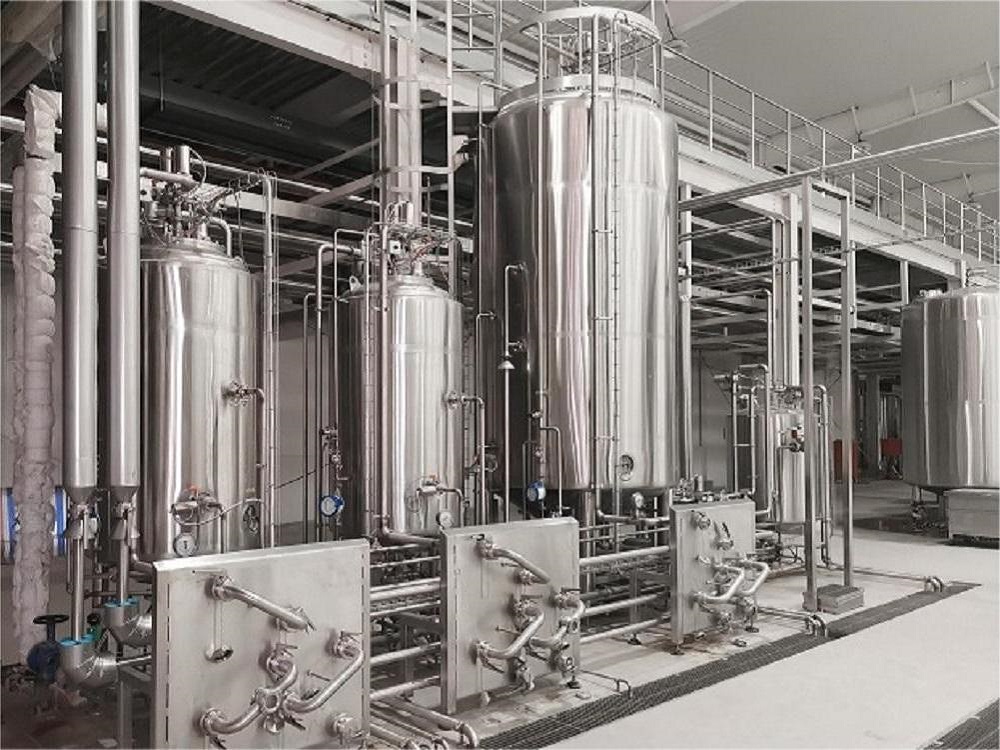
Cultivation of Pure Yeast
Yeast, as a facultative microorganism, can metabolize and reproduce in both aerobic and anaerobic environments. The reproduction of brewer’s yeast occurs in four stages: the lag phase, the exponential growth phase, the stable phase, and the decay phase.
Lag Phase: During this initial stage, yeast reproduction is nearly stagnant.
Exponential Growth Phase: This is the most active period, where the number of yeast cells grows rapidly at an astonishing exponential rate.
Stable Phase: Growth slows down due to the accumulation of fermentation products, but the number of viable cells reaches its peak during this time.
Decay Phase: Nutrients are depleted, metabolites accumulate, and the rate of cell death increases.
The exponential growth phase is critical for successful cultivation, necessitating precise control of various conditions, including nutrition, oxygen supply, cell concentration, and temperature. Continuous introduction of sterile air is particularly important; insufficient oxygen forces yeast to undergo anaerobic fermentation, resulting in the production of CO₂ and alcohol. This, in turn, negatively impacts the number of viable cells and hinders efficient yeast reproduction.
The separation and cultivation technology of brewer’s yeast aims to obtain high-quality, robust single-cell yeast from the original culture through specific separation methods, thus meeting production needs through expanded cultivation. This process is a key link in industrial production.
The commonly used separation methods in breweries include the plate separation method and the streak separation method. The plate separation culture method, also known as the dilution separation method, is simple and easy to perform, making it especially suitable for on-site operations in breweries. Conversely, the streak separation culture method is typically used to separate and purify existing strains during production.
Laboratory Expansion
The foundation of beer production depends on the use of pure and vigorous yeast. These yeasts are typically sourced from pure strains preserved by the brewery. Following a careful process of expansion and cultivation, the yeast is grown until it reaches the necessary quantity for production. The purity of beer yeast is crucial, as it significantly impacts the fermentation process and the quality of the final product. Therefore, each brewery should value and properly preserve the pure yeasts that meet its production needs to ensure that the beer retains its unique style and high quality.
The expansion and cultivation process of beer yeast follows a systematic and scientific approach, which includes the following stages: inclined test tube (original strain) → Fuchs flask or test tube culture → Pasteur flask or triangular flask culture → Karlsruhe jar culture → Hansen jar culture → yeast expansion culture tank → yeast propagation tank → fermentation tank. When cultivating yeast in the laboratory, the following technical guidelines must be adhered to for successful culture:
I. All culture equipment must be thoroughly cleaned and dry-heat sterilized.
II. The culture medium consists of wort with added hops. After heating, boiling, protein clarification, and intermittent steam sterilization, it should be kept warm for 2-3 days, and can only be used after confirming it is free of contamination.
III. The dilution factor for each expansion culture should be maintained at a maximum of 10 times.
IV. After each transplantation and inoculation, the development of yeast cells should be examined under a microscope.
V. As the culture stage advances, the temperature should be gradually lowered to better suit the conditions of on-site fermentation.
VI. At each stage of expansion culture, parallel cultures should be conducted, such as 4-5 test tube cultures, 2-3 Pasteur flask cultures, and 2 Karlsruhe jar cultures, to identify the best yeast strain for further expansion.
Workshop Expansion
After completing the Karl Fischer tank culture stage, the yeast enters the production facility for expansion culture. The method for expanding and propagating yeast can be adjusted flexibly based on the specific conditions of the beer production plant. Breweries are typically equipped with Hansen tank culture equipment, which offers significant advantages. This equipment allows for the continuous use of the same yeast strain for multiple expansion cultures without needing to change the strain, except when the yeast needs replacement due to factors like natural decline or contamination.
The workshop expansion process of beer yeast can generally be divided into two modes: open and closed. Each mode has its own characteristics and applicable scenarios. Beer production plants can select the most suitable expansion method based on their production processes and conditions to ensure the yeast is propagated in optimal conditions, providing a stable and high-quality fermentation foundation for beer production.
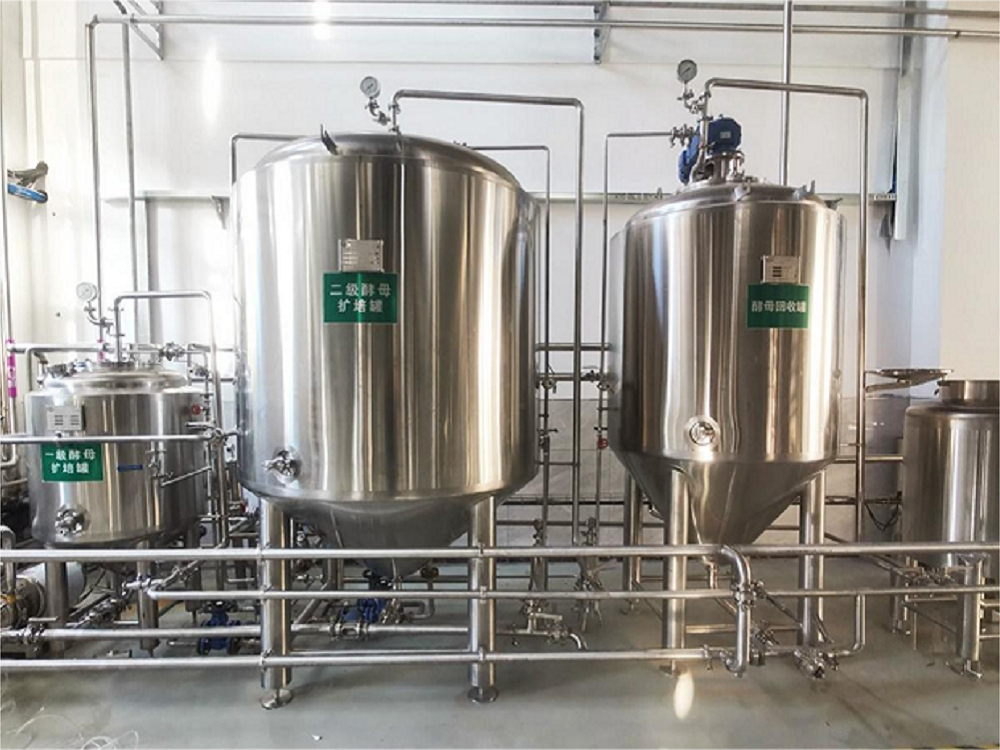
Principles of Yeast Expansion Culture
I. Strain Selection: The first requirement for yeast expansion culture is to select high-quality, single-cell starter cultures. Strains must undergo strict evaluations of their physiological characteristics and production performance to ensure that there is no contamination or variation during the expansion process. After each expansion step, it is essential to thoroughly check the residual liquid for any signs of contamination or variation.
II. Culture Temperature Control: To maximize yeast proliferation, the optimal temperature in the early culture stages is set at 25°C. As the culture scale increases, the temperature should be gradually reduced to accommodate low-temperature fermentation. However, each reduction should be moderate to prevent inhibition of yeast activity. As the temperature decreases, the culture time must be extended according to the dilution rate.
III. Culture Time Optimization: To shorten the yeast growth stagnation period and reduce overall culture time, it is advisable to transplant the yeast during the logarithmic growth phase. During this phase, the yeast budding rate is at its highest, and the mortality rate is at its lowest, allowing for rapid proliferation after transplantation.
IV. Ventilation and Oxygen Supply Strategy: There is some debate regarding whether to use continuous or intermittent ventilation. In the early stages, with high glucose content in the culture medium, intermittent ventilation may be more effective. As cultivation scales up, particularly once in the production site, it is crucial to manage ventilation and oxygen supply appropriately, ensuring that after each addition of wort, the oxygen content in the fermented wort is maintained at 8-10 mg/L.
V . Nutrient Supply: A nutrient-rich, high-quality culture medium is essential for yeast cultivation. During the laboratory stage, it is recommended to use high-quality malt with a high α-amino nitrogen content, without auxiliary materials, and properly processed and sterilized. In the expansion culture at the production site, production wort should be used, ensuring that the α-amino nitrogen content remains above 200 mg/L.
VI. Consideration of Expansion Multiple: The expansion multiple should be adjusted flexibly based on actual conditions. In the laboratory stage, superior conditions allow for a higher expansion multiple. However, during the expansion culture after the Hansen tank, where temperatures are lower and yeast doubling time is longer, an expansion multiple of about 1:5 is preferable.
VII. Guarantee of Wort Sterility: During the production site’s expansion culture, cold wort is typically used. However, it is susceptible to contamination during transportation. Therefore, effective measures must be taken to maintain the sterility of the wort.
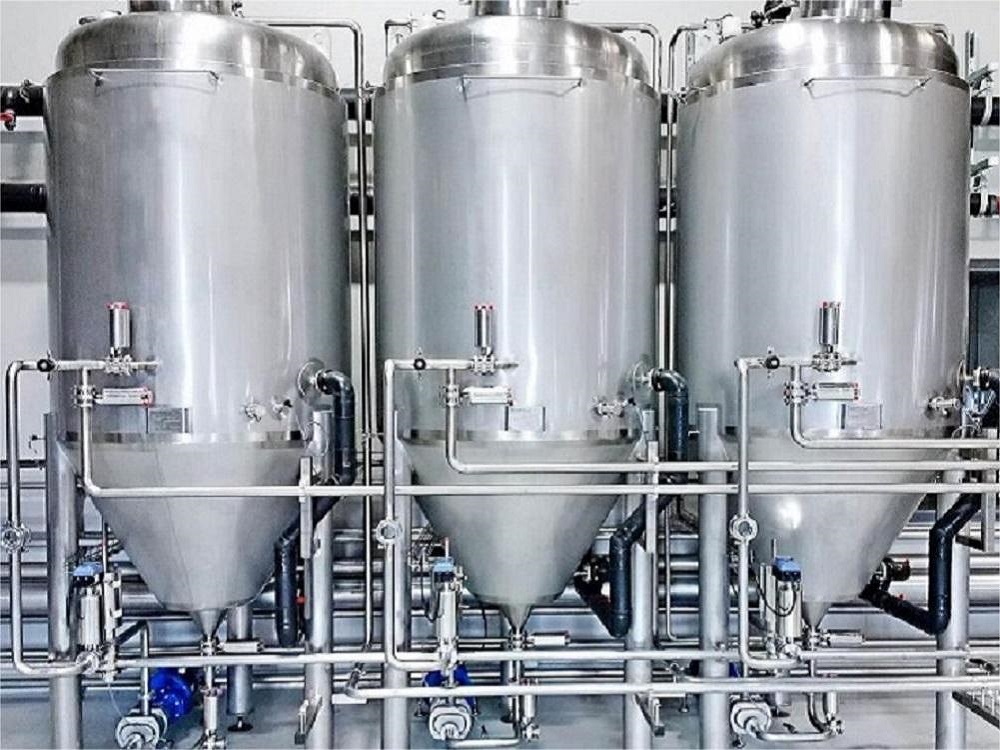
The yeast expansion system gradually increases the pure yeast stored in the brewery to the quantity required for production, enabling breweries to achieve independent yeast production. This process ensures the purity and quality of the yeast, thereby stabilizing the flavor quality of the beer. The system encompasses laboratory culture and separation, and after cultivation and expansion in Karlsruhe and Hansen jars, the yeast is stored for future use before being placed into beer fermentation tanks. This system is particularly suitable for large-scale breweries with a professional brewing team and complete equipment.


